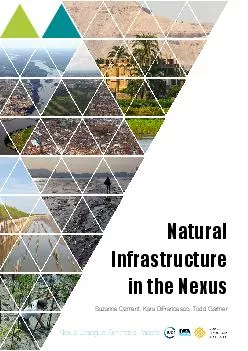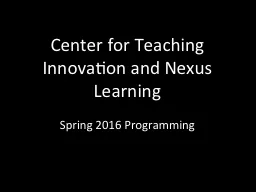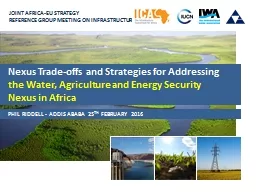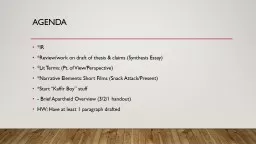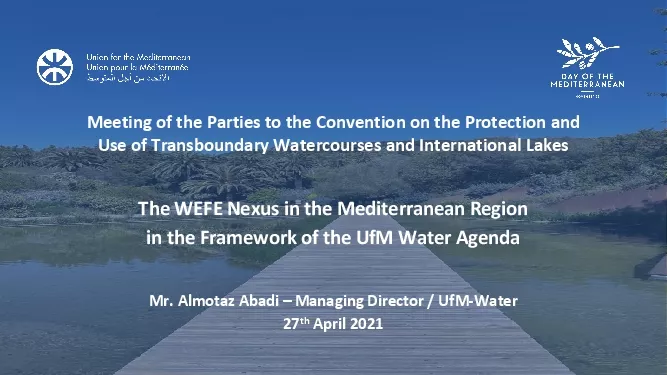PPT-Nexus Dialogue Synthesis PapersNatural Infrastructure in the NexusSuza
Author : ripplas | Published Date : 2020-11-17
The designation of geographical entities in this book and the presentation of the material do not imply the expression of any opinion whatsoever on the part of IUCN
Presentation Embed Code
Download Presentation
Download Presentation The PPT/PDF document "Nexus Dialogue Synthesis PapersNatural I..." is the property of its rightful owner. Permission is granted to download and print the materials on this website for personal, non-commercial use only, and to display it on your personal computer provided you do not modify the materials and that you retain all copyright notices contained in the materials. By downloading content from our website, you accept the terms of this agreement.
Nexus Dialogue Synthesis PapersNatural Infrastructure in the NexusSuza: Transcript
Download Rules Of Document
"Nexus Dialogue Synthesis PapersNatural Infrastructure in the NexusSuza"The content belongs to its owner. You may download and print it for personal use, without modification, and keep all copyright notices. By downloading, you agree to these terms.
Related Documents

